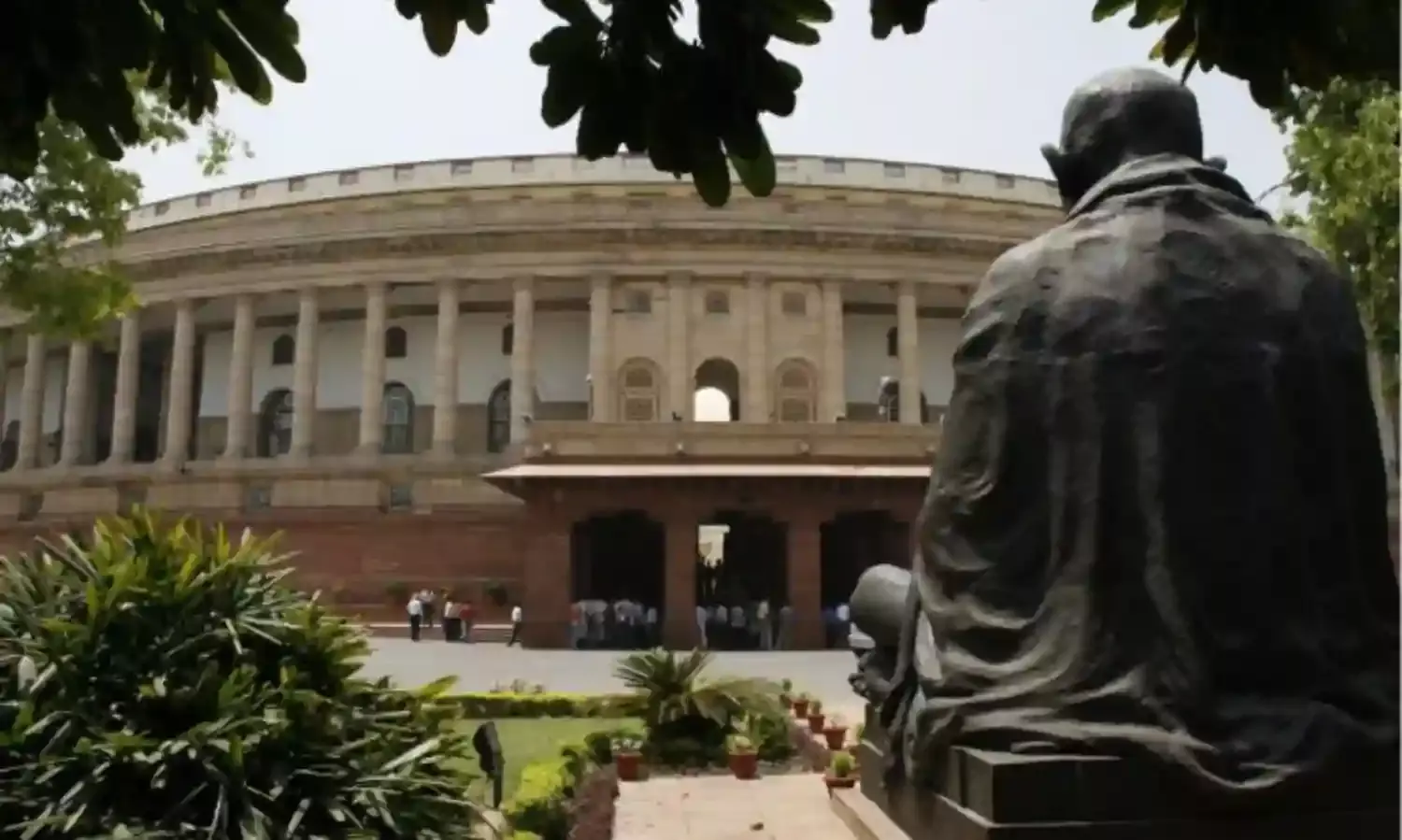Ayodhya - Suit Property Can Not Be Decided on Faith
15th century claims;

Religious belief is the underlying premise of the Judgement in the Ayodhya case. The legal framework including process and technicalities guiding a property suit operated within the confines of religious faith.
In absence of a clear title the Court adjudicating on a suit property needs to decree title and grant possession to one of the contesting parties based on documentary evidence and witness accounts. In disputes involving immoveable property the Court can also mould their order to divide the disputed property between the litigating parties.
In the present case The Court has decreed the title after taking into consideration the claims of the Sunni Personal Waqf Board (“Board”)vis a vis claims made on behalf of Bhagwan Sri Ram Virajman .
The Board argued that the Mosque was built in 1528 and that subsequently the Mosque has existed till 1857 without any impediment to its functioning (almost 350 years of possession). Further the Mosque was always used for Namaz and that the Janmasthan Temple of the Hindus existed outside the courtyard.
'The Board argued that the communal riots took place in the year 1857 and only thereafter a division was created by the British Administration to allow the Muslims to pray in the inner courtyard and the Hindus in the outer courtyard.
It was also argued that in 1949 the putting of idols by Hindus was through unlawful entry and therefore was wrongful interruption and intervention of their possession. Further the 1992 entry by the Hindu community through the demolition of the Mosque was illegal.
To make good their argument on possession the Board submitted records of grant for maintenance by the British administration for upkeep of the Mosque. This highlighted that the administration recognised the Suit Property to be in the possession of the Muslim community. Senior advocate Rajiv Dhavan also made the case of the disputed land existing as a Waqf property. A property can be recognised as a Waqf through long usage for public religious worship. Once it’s a Waqf property the nature of it changes forever into a place of public worship. The concept of Waqf is recognised both by the Waqf Act, 1995. In addition the board also pointed out that the ASI has failed to provide a finding on whether there was an underlying temple while also failing to conclude that the Mosque was created by demolishing this structure.
The case for Bhagwan Sri Ram Virajman made out in court is that the Muslim community never had continuous and exclusive possession of the disputed site and therefore could not claim title. The Board it was argued had fairly accepted that in multiple incidents such as in 1856-7, 1934 and 1949 the Muslim faith were obstructed from offering worship at the Mosque. This would show that there was no continuous peaceful possession during the aforementioned period of roughly 100 years.
Reliance was also placed on the admission by the Board that they have no proof of prayers being offered prior to 1857. It was also pointed out through documentary evidence that from 1857 there is clear evidence that the outer courtyard was in the possession of the followers of the Hindu faith and therefore the disputed property as a whole could not be said to be in the unimpeded possession of the members of the Muslim faith.
Documentation was relied on to show that as far as the inner Courtyard is concerned it was always under dispute and therefore the Muslim community did not have unhindered control in the disputed property.
The Hindus like the board also staked claim in the entire property and stated that the division of courtyards in 1857 through a grill brick wall was not acceptable to them. Further reliance was also placed on documents such as a complaint in 1858 by the Moazzin of the Babri Mosque to the administration which indicated that the Hindus prayed inside the disputed premises.
This highlighted the fact that the Hindus always prayed across the disputed property. Reliance was also placed on travelogues from the 17th century showing prayers were offered by the Hindus in the disputed site.
The Court while adjudicating recognised the syncretic nature of the Suit Property however granted the Hindus claim on the title on the grounds that the Hindus consistently for centuries prayed in various parts of the disputed land. Therefore the Hindu community by showing continuous presence in the Property housing the Mosque perfected ownership.
The Court also reasoned that the proof of a temple existing is not of consequence in adjudicating title rights. The fact that for century’s people have had faith in the existence of a temple and prayed to it in various parts of the Suit Property is enough to perfect claim to title. Therefore the ownership claim rests on faith- which over a period of time crystalized into a property right, purely because the Hindus over centuries believed that a temple existed.
The above adjudication on facts raises questions on the role of faith in deciding this title. More so because the existence of a Mosque and the fact that the Muslim community never abandoned the structure or their faith in the structure seems to have had no legal value while deciding title.
The Court is right to suggest it is difficult to grant title to a monument from the 15th century through historical and documentary evidence. However the Hindu’s plea of consistently offering prayers at the site could not become reason to decree the entire suit to the Hindus. The relief should have been moulded to allow the co-existence of both in equal share without any party losing their right to belief and prayer. Such an order would have become a profound symbol of India’s secularism.

